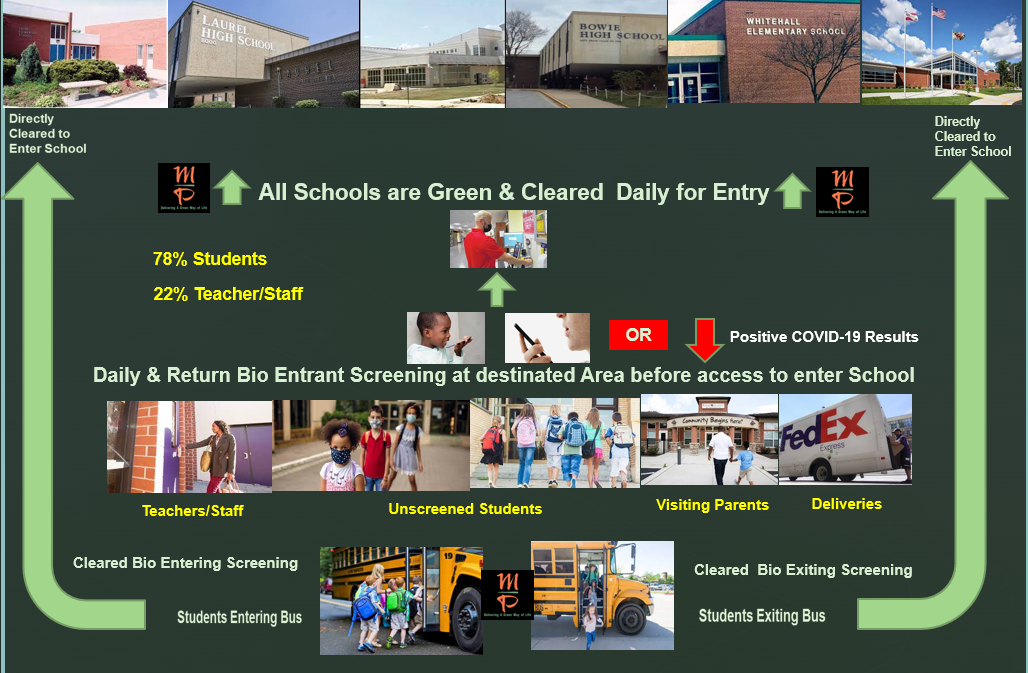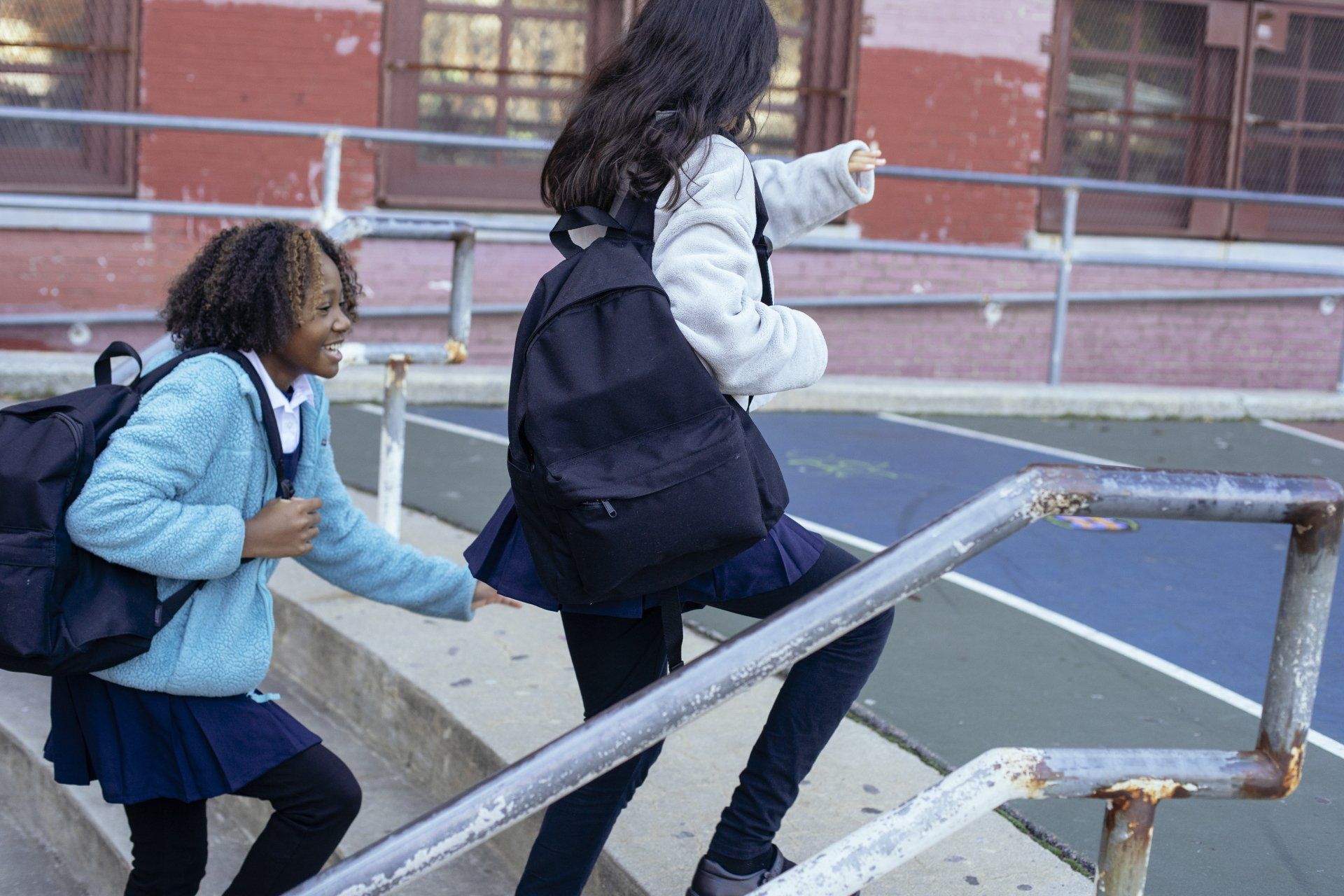Education
Using Innovative Voice Intelligence & Learning Technologies to consistently monitor the Mental Health & Wellness of our students from K-12 schools to higher education
The Mental Affect on young students in School Systems
While suicidal thoughts and self-harm have been well documented in teenagers, mental health experts say too little attention has been paid to young children, despite growing evidence that more elementary and middle school students are in crisis. There is limited data about these younger age groups. The Centers for Disease Control and Prevention does not include elementary or middle school students in its biannual youth survey risky behaviors. And suicides among children 10 and younger remain rare, with 29 reported in 2019, according to the CDC. But in interviews, more than a dozen mental health professionals, including school counselors, social workers, psychiatrists, and suicidologists, said they are seeing more children as young as kindergarten who are in dire need of support. The number of children ages 6-12 who visited children’s hospitals for suicidal thoughts or self-harm has more than doubled since 2016, according to data from 46 such facilities across the country collected for NBC News by the Children’s Hospital Association, a trade organization.
Studies have documented 5,485 emergency room or inpatient visits for suicidal thoughts and self-harm among 6- to-12-year-olds at these hospitals in 2019, are up from 2,555 in 2016. (Full data isn’t yet available for 2020, but in the first three quarters of the year, there were 3,503 such visits.) Visits for teenagers with suicidal thoughts or self-harm at these hospitals also rose from 2016 to 2019, but at a slower rate — by 44 percent, compared to 115 percent for younger children. The past year has brought more public awareness to youth mental health, with advocates calling for more research into the problem’s scope and causes. They also want to see more investment in potential solutions, including increased access to school counselors amid a national shortage. among the challenges: It is not always clear what the best treatment is for very young patients. The reason younger children are seeking help is not entirely understood. Research into what leads a child to contemplate suicide at this age is limited, but experts see multiple factors at play. Counselors point to online bullying and an increased use of social media starting at a young age. More children are getting their first cellphone in elementary school, and then stay up late checking it, counselors said.
For children of immigrant families, one clinician noted the toll of changes to immigration policy in recent years; a 2018 study based on interviews with more than 200 Latino parents found both adults and children in their families had higher levels of anxiety due to fears of deportation and anti-immigrant rhetoric. Poverty has an impact too, experts said, as the percentage of children eligible for free or reduced-price lunch jumped to 52 percent from 38 percent over the past two decades. One study last year analyzing more than 11,000 9- and 10-year-olds in the United States found that 1.3 percent reported they had tried to kill themselves, while 9.1 percent reported engaging in self-harm. It also concluded that family conflict and financial adversity were significantly associated with suicidal thoughts in these children.
Financial factors may be especially prevalent among children of color, who are far more likely to live in poverty than their white classmates. A 2016 study found that children ages 5 to 11 who die by suicide were more likely to be Black and male, compared to children ages 12 through 14 who killed themselves. Yet, research has shown that Black, Latino and Native American children are less likely than white children to have access to mental health care services — often due to lack of insurance or unavailability of mental health clinics in their neighborhoods. A study published found that Latino children are nearly three times as likely as white children to face delays in being seen in the emergency room for a mental health concern.
Our Sonora Voice Technology
is the answer to identifying these symptoms early while keeping a daily mental wellness record for students using Voice Artificial Intelligence & Machine Learning (ML) technologies.
Sonora manages the results of voice screenings for K-12 medical staff & leadership to analyze, monitor and create individual mental wellness programs for our younger students.
Educational Environment Challenges - COVID-19
TMP understands the current protocols which the educational systems have implemented. They include exchanging the air quality within the schools and following the reported CDC guidelines by wearing masks, a school cleaning process & practicing social distances. We also understand the concerns by the parents on returning their kids back to school. Another major concern is the challenges with distance learning. We applaud the efforts school leaders have put in place so far. The exchange of Air flow using purifiers is not enough to isolate, kill and prevent as well as validate the eradication of the current & new COVID-19 family from being present in the schools. The only way to fight the virus family is to send safe agents coming from their HVAC systems 24/7 to search, eradicate and kill the virus in the air and on the surface. The challenge then becomes, how do you detect parents, students, delivery drivers, teachers, and staff who may have the virus, asymptomatic or symptomatic, coming through the doors daily and randomly testing them without affecting academic operations and schedules? Another challenge schools will have is communicating information real-time to the school facility managers, stakeholders, parents, teachers, students and city officials validating that everyone is safe.
Our Sonora Voice technology will prevent affected COVID-19 individuals from entering the schools.


Mental Wellness for Higher Education - Colleges & Universities
Based on several studies, the suicide rate in college students has been climbing steadily for years, as evidenced by some sobering statistics. The suicide rate for college students is reportedly 7 per 100,000 or approximately 1,100 individuals annually. Suicide is the second most common reason for death among college students. Students from marginalized backgrounds carry more unseen burdens (economic, psychological, cultural), putting them at elevated risk for suicide. Those identifying as an ethnic minority and/or LGBTQ+ are more likely to have been assaulted, rejected, discriminated against, and victimized because of these factors. LGBTQ+ youth are four times more likely than their peers to have suicidal thoughts or display suicidal behaviors. Reports show that suicides among young black individuals have increased nationally by 30% since 2014, even doubling in the state of California during the same timeframe.
Depression and suicidal ideation in college students are more common than most realize. While it is not always possible to predict or prevent suicide, many students show signs of suicidal risk. While suicidal behavior is challenging to predict, multiple studies have established that individuals enduring high levels of prolonged academic pressures are more at risk for suicide for several reasons. Most college students are young adults, with suicide being the second leading cause of death among individuals ages 15-24.
Students relying on unhelpful coping strategies to deal with prolonged academic stress may eventually feel chronic anxiety and hopelessness, both of which can lead to depressive symptoms. High academic pressure may directly cause the development of severe depressive symptoms, another critical risk factor for suicide. Hopelessness occurs when an individual develops pessimistic expectations, believing that adverse circumstances are fixed and cannot be changed or improved.
This mindset shift is significant because, for some, hopelessness mentally opens the door to more desperate methods of escaping pain, such as death. A survey of over 50,000 college students in 2019 indicated that over 57% reported feeling hopeless in the previous 12 months. While hopelessness alone does not mean an individual will have or act on suicidal thoughts, this percentage means a significant number of students have at least one risk factor for suicide within a year. Another significant factor that may be more predictive of suicide is the severity of depressive symptoms.
In one study, researchers examining the predictive value of several clinical depressive symptoms found that the highest severity scores aligned with more suicide attempts. While aiming for symptom remission is ideal, reducing symptom severity may be enough to significantly lower suicide risk. Symptoms are more challenging to address at higher levels of severity, so identifying and intervening at earlier signs of depression is critical for keeping suicide risk low.
Our Sonora Voice Technology is the answer to identifying these symptoms early while keeping a daily mental wellness record for students using Voice Artificial Intelligence & Machine Learning (ML) technologies. Sonora manages the results of voice screenings for university medical staff & leadership to analyze, monitor and create individual mental wellness programs for students.
SONORA is the answer using SMART Screening from home & on campus and gives university administrators the ability to monitor early signs mental illness & upper respiratory ailments like COVID-19 & COPD.
Contact us to discuss an initial pilot program for universities to implement the Sonora app.

